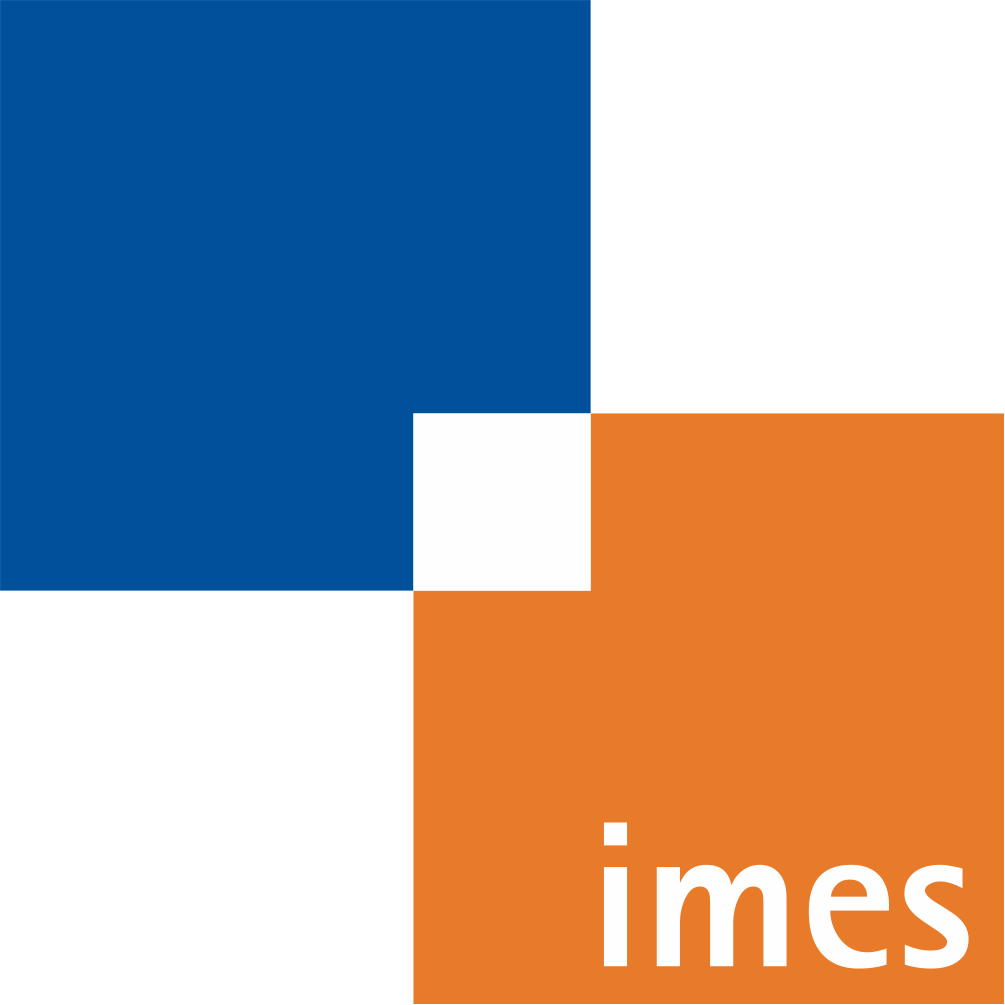Deep-learning-based 2.5D flow field estimation for maximum intensity projections of 4D optical coherence tomography
- verfasst von
- Max Heinrich Laves, Sontje Ihler, Lüder A. Kahrs, Tobias Ortmaier
- Abstract
In microsurgery, lasers have emerged as precise tools for bone ablation. A challenge is automatic control of laser bone ablation with 4D optical coherence tomography (OCT). OCT as high resolution imaging modality provides volumetric images of tissue and foresees information of bone position and orientation (pose) as well as thickness. However, existing approaches for OCT based laser ablation control rely on external tracking systems or invasively ablated artificial landmarks for tracking the pose of the OCT probe relative to the tissue. This can be superseded by estimating the scene flow caused by relative movement between OCT-based laser ablation system and patient. Therefore, this paper deals with 2.5D scene flow estimation of volumetric OCT images for application in laser ablation. We present a semi-supervised convolutional neural network based tracking scheme for subsequent 3D OCT volumes and apply it to a realistic semi-synthetic data set of ex vivo human temporal bone specimen. The scene flow is estimated in a two-stage approach. In the first stage, 2D lateral scene flow is computed on census-transformed en-face arguments-of-maximum intensity projections. Subsequent to this, the projections are warped by predicted lateral flow and 1D depth flow is estimated. The neural network is trained semi-supervised by combining error to ground truth and the reconstruction error of warped images with assumptions of spatial flow smoothness. Quantitative evaluation reveals a mean endpoint error of (4.7 ± 3.5) voxel or (27.5 ± 20.5) μm for scene flow estimation caused by simulated relative movement between the OCT probe and bone. The scene flow estimation for 4D OCT enables its use for markerless tracking of mastoid bone structures for image guidance in general, and automated laser ablation control.
- Organisationseinheit(en)
-
Institut für Mechatronische Systeme
- Typ
- Aufsatz in Konferenzband
- Anzahl der Seiten
- 7
- Publikationsdatum
- 08.03.2019
- Publikationsstatus
- Veröffentlicht
- Peer-reviewed
- Ja
- ASJC Scopus Sachgebiete
- Elektronische, optische und magnetische Materialien, Biomaterialien, Atom- und Molekularphysik sowie Optik, Radiologie, Nuklearmedizin und Bildgebung
- Elektronische Version(en)
-
https://doi.org/10.1117/12.2512952 (Zugang:
Geschlossen)
